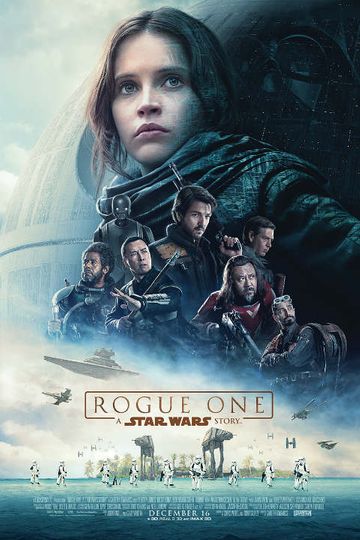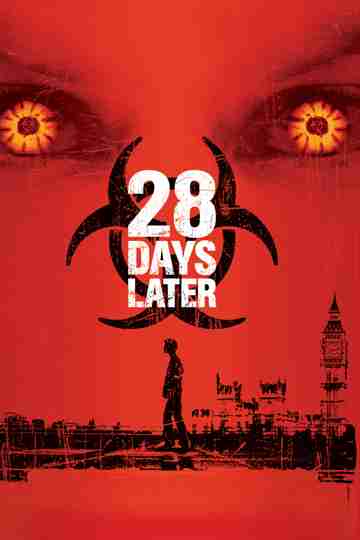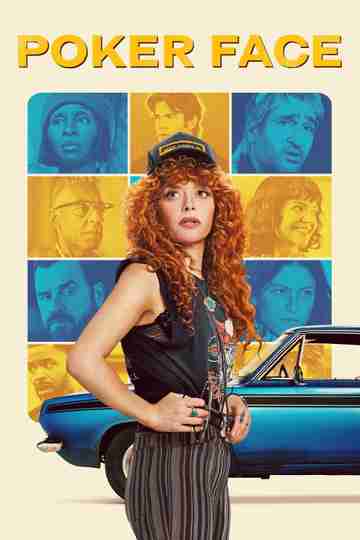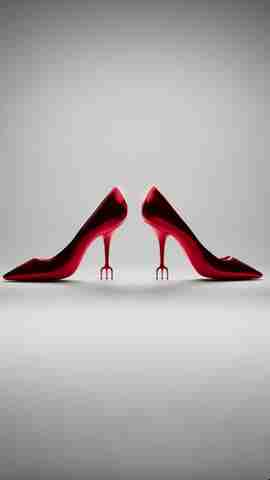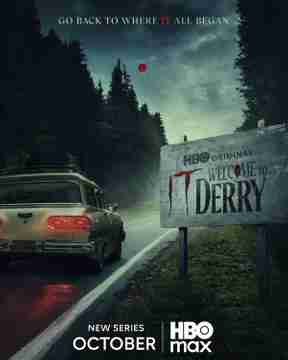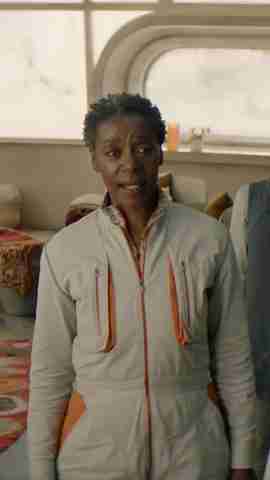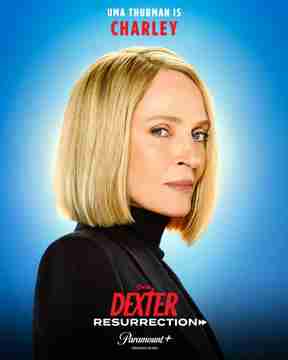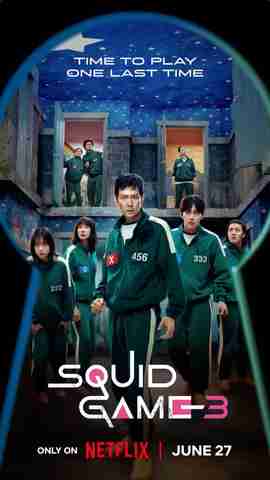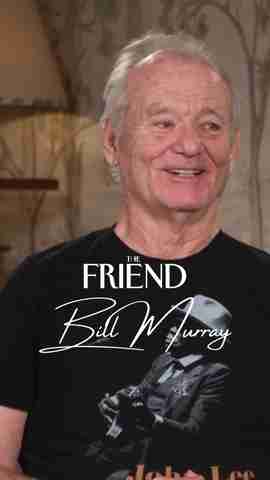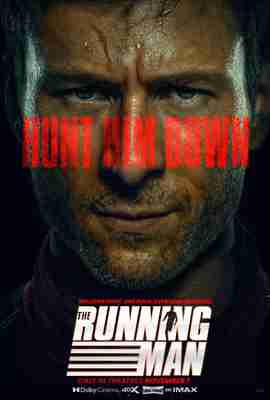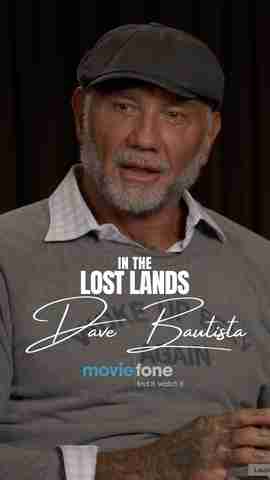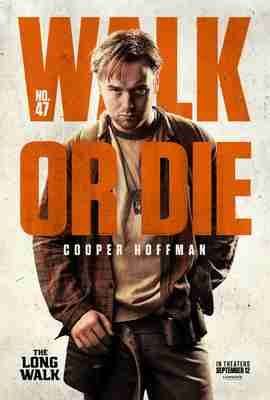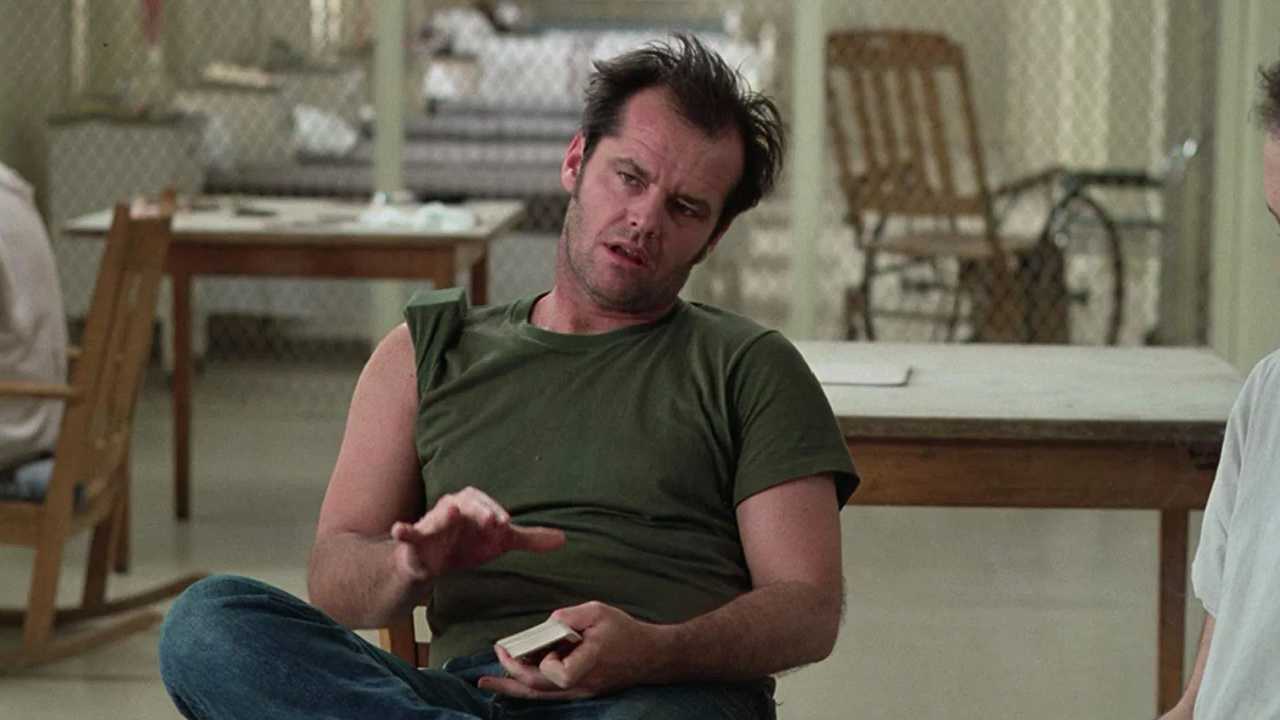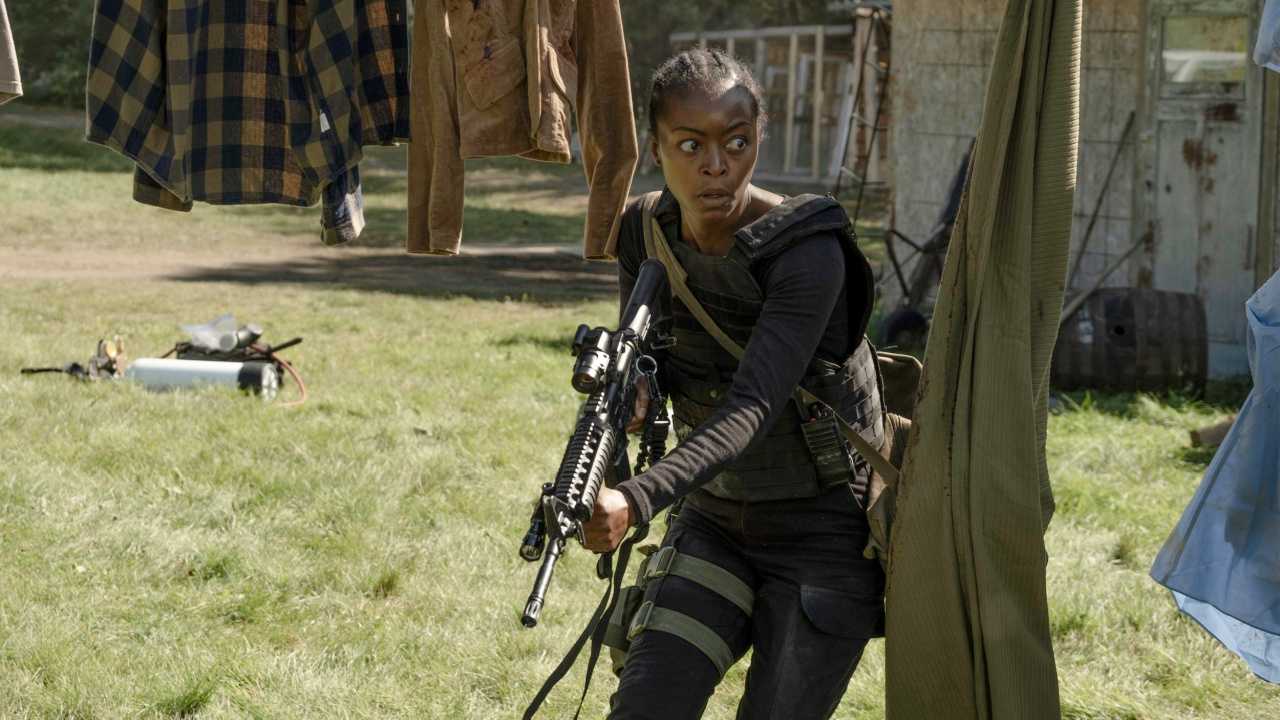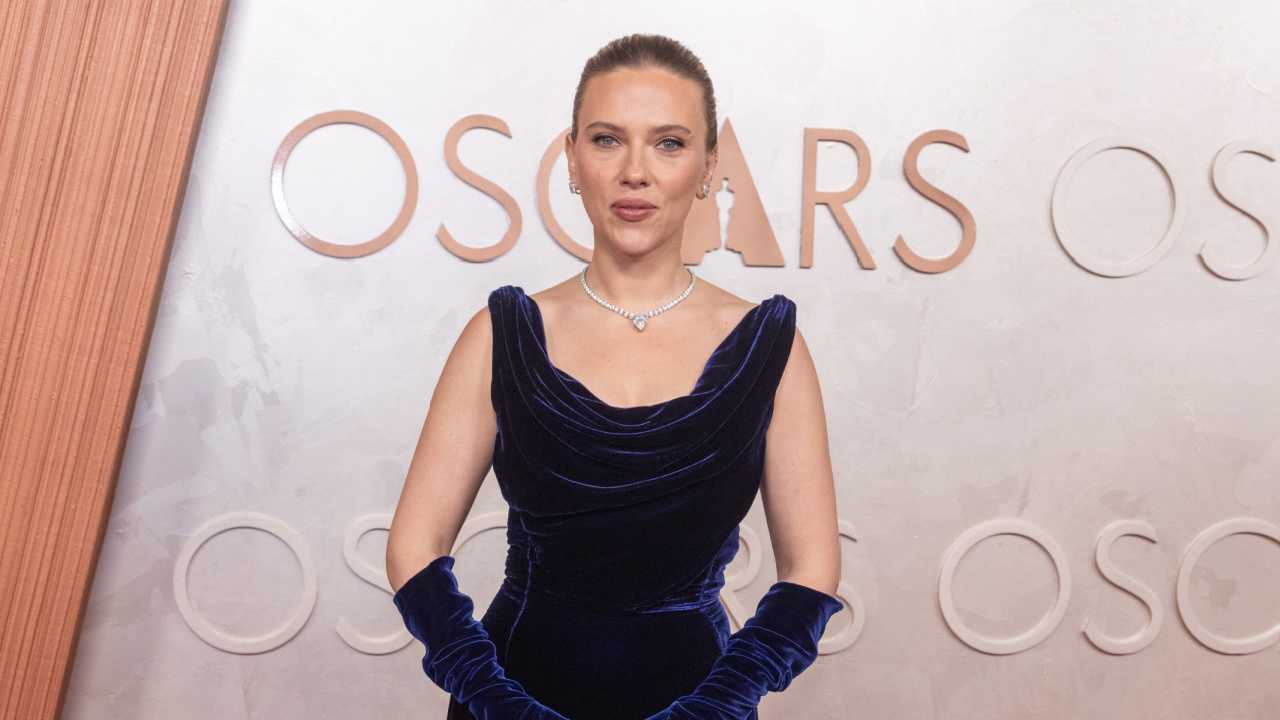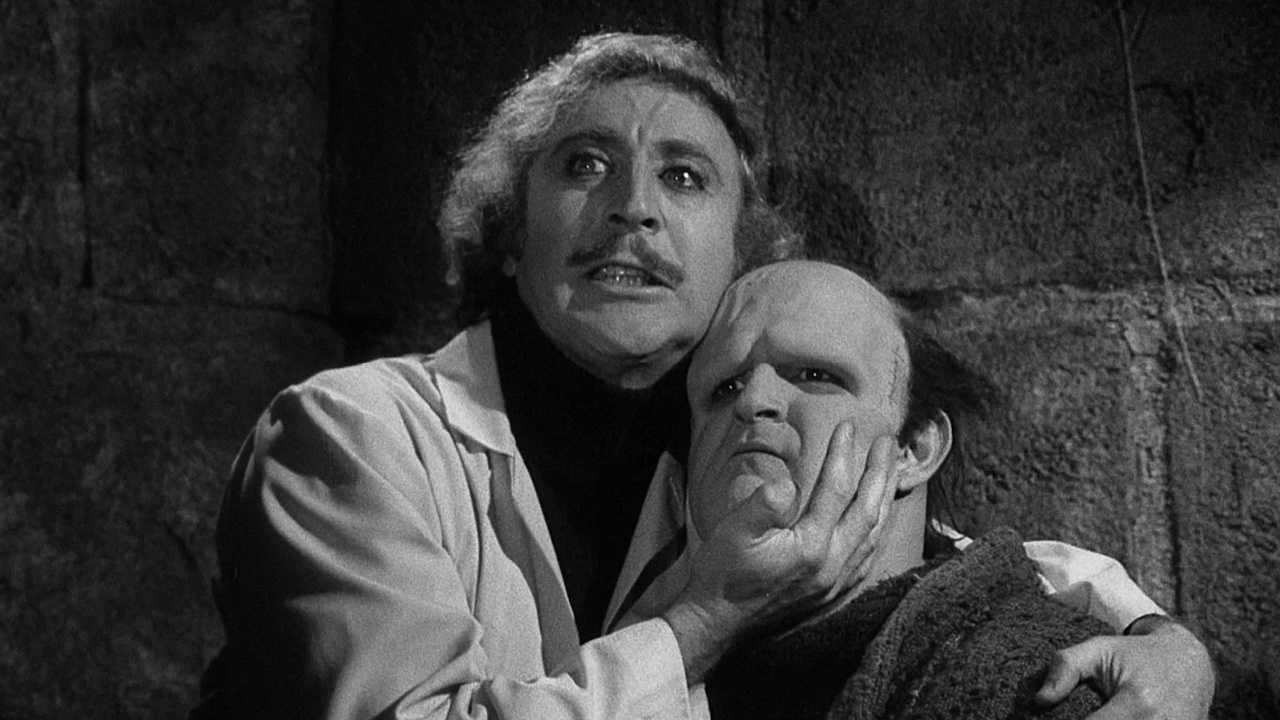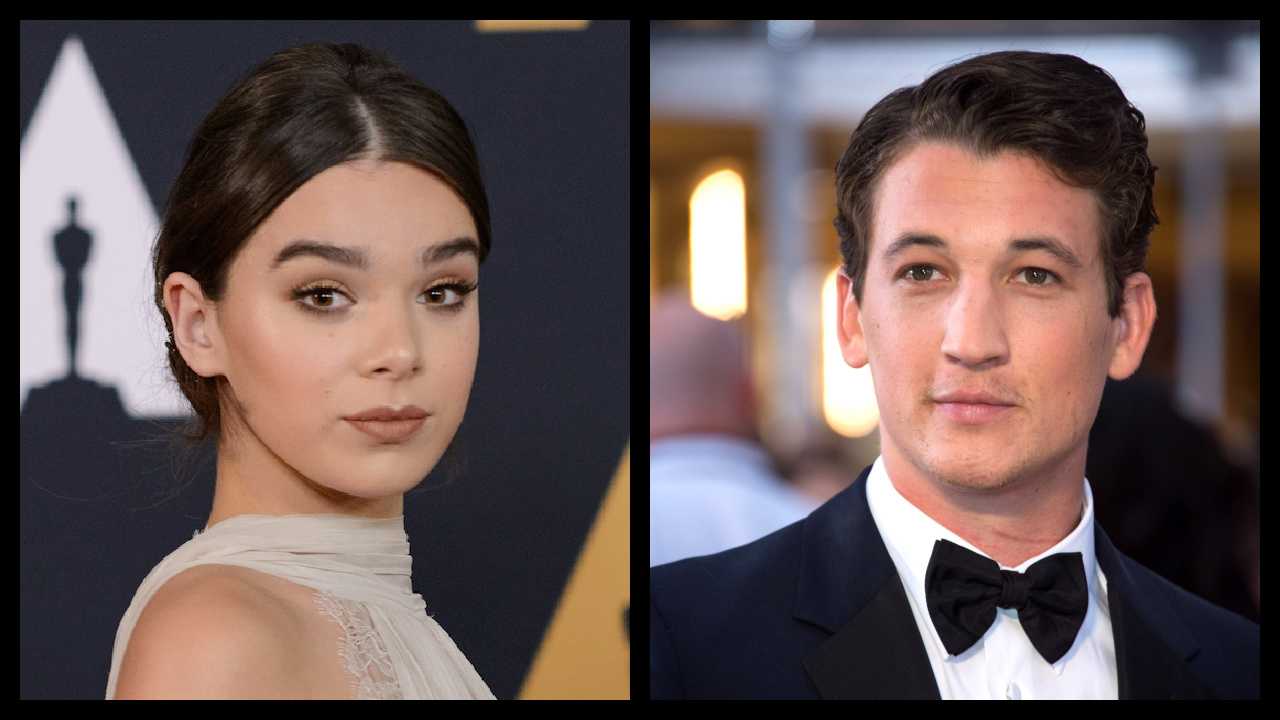'Rogue One' Opened Huge, but Could It Have Opened Bigger?
It's not like anyone at Disney is complaining (publicly, at least) about the estimated $155.0 million that "Rogue One: A Star Wars Story" earned this weekend during its domestic debut.
After all, distributors of most would-be blockbusters would kill for an opening weekend that huge. It's the 12th biggest domestic debut of all time and the second biggest December debut ever, behind only last year's "Star Wars: The Force Awakens." By the time the movie leaves theaters -- around the time you're starting your summer beach-body diet -- it will probably have earned close to $600 million in North America, which would make it one of the top six movies of all time.
There were several factors that could have made a difference in boosting "Rogue One"'s numbers toward "Force Awakens" heights. Here are a few of them.
1. It's a Spinoff
It's possible that audiences weren't as emotionally invested in this self-contained side story, especially since its ending was something of a foregone conclusion (we all know what became of the stolen Death Star plans from having seen the opening minutes of "Star Wars: Episode IV -- A New Hope"). It also contained a roster of almost completely new characters, not the familiar heroes (or the stars who played them) that fans have loved for 39 years.
With the notable recent exception of "Minions," spinoffs seldom do as well as the films that spawned them. (Recent exhibit A: "Fantastic Beasts and Where to Find Them.") That doesn't mean they're not still a license to print money, just not as much money.
2. Make 'em wait
George Lucas used to give fans a typical wait of three years between installments, and sometimes as long as 16 years. Coming exactly one year after "Force Awakens" (which ended a 10-year "Star Wars" drought), "Rogue One" didn't have much time to build up anticipation or make us miss the "Star Wars" universe enough to pine for its return to the screen.
3. The Weather
Arctic blasts in much of the country could have kept viewers at home. Anecdotally, however, there were plenty of tweets from fans who insisted that they were braving the cold to go see "Rogue One."
4. School Isn't Quite Out Yet
This was Disney's own excuse for the smaller audiences, that not enough kids had Monday off to lift Sunday's numbers. True, "Force Awakens" was released on the same weekend last year, but the school calendar was different, and more kids could see the movie Sunday night without having to worry about being bright-eyed and bushy-tailed enough for class on Monday. Even so, Disney's own tracking assumed that this student drop-off would result in a weekend around $135-$145 million, yet the movie managed to improve upon that lowball guess by about $10 million.
5. 3D
A full 38 percent of ticketbuyers ponied up for glasses-rental surcharges to see "Rogue One." Among those were the 12 percent of viewers who paid extra to see it on a giant IMAX screen. Those are excellent numbers for those formats, about the best that can be expected for any domestic debut with a 3D or IMAX option. Indeed, with "Rogue One" playing on more than 400 IMAX screens in North America, it's the widest IMAX release ever, resulting in the most lucrative IMAX premiere of 2016 ($19 million) and the second most lucrative December IMAX debut ever (after "Force Awakens").
6. Gender Appeal
"Rogue One" is the second straight "Star Wars" movie with a kick-ass female protagonist, so you'd think that would have helped draw more women to the film. Yet exit polls say that the film's audience was still about 59 percent male.
The opening could have been worse. Like, "Collateral Beauty" bad. By Warner Bros. and New Line releasing his newest movie opposite "Rogue One," they embarked on a mission that evokes the title of his last movie, "Suicide Squad." Certainly, it could not have engendered much good will toward his new holiday tearjerker, which opened in fourth place and scored just an estimated $7.0 million, below even the modest $10 million pundits had predicted. That's the lowest wide-release opening of Smith's career.
This was the movie, like such past Smith year-end releases as "The Pursuit of Happyness" and "Seven Pounds," that was supposed to draw the female, adult audience that was presumably avoiding "Star Wars." (Indeed, that strategy worked last year for the R-rated comedy "Sisters.") But terrible reviews (just 14 percent fresh on Rotten Tomatoes) may have scared away the grown-ups, who, as we've seen, were predisposed to see "Rogue One" anyway. Those who bought tickets actually liked "Collateral Beauty" a lot, giving it an A- at CinemaScore, but that positive word-of-mouth wasn't enough to overcome the reviews or the power of the Force.
Even if "Collateral Beauty" didn't end up causing any collateral damage to "Rogue One," the absence of female and adult viewers from the multiplex has been a mystery that has vexed the industry for much of 2016. So far, sales for this year are about four percent ahead of what they were at the same point in 2015, but "Rogue One" falling short of selling tickets as fast as "Force Awakens" means 2016's total take could fall behind last year's.
Could the relative lack of movies with female and adult appeal this year, compared to 2015, have made the difference?
